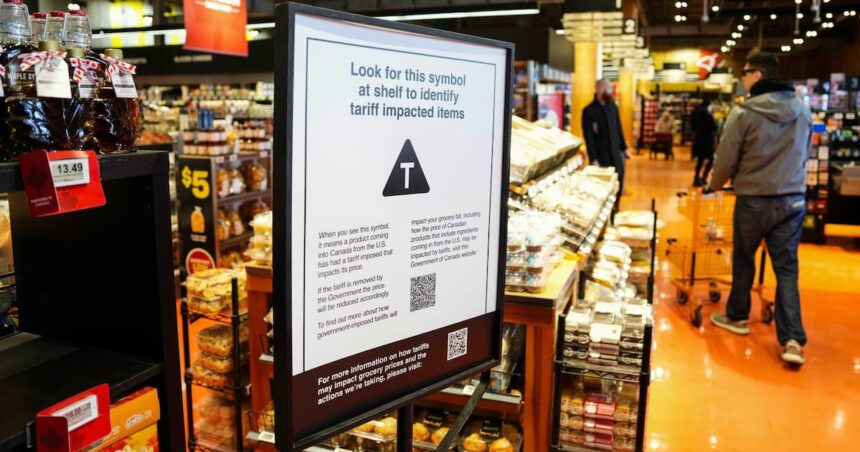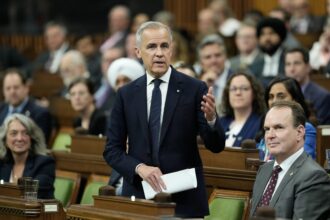The familiar sting of inflation continues to hit Canadian wallets in 2025, though the driving forces have shifted significantly since the post-pandemic surge. As Statistics Canada reported last week, the annual inflation rate hit 3.8% in August, marking the third consecutive monthly increase and significantly outpacing the Bank of Canada’s 2% target.
“We’re seeing a different inflation story than 18 months ago,” explains Royce Mendes, managing director at Desjardins Capital Markets. “The pandemic-related supply chain disruptions have largely resolved, but new pressures have emerged that prove equally challenging to navigate.”
The current inflation landscape presents a complex puzzle for policymakers, consumers, and businesses alike. Where food prices once led headlines, now housing costs, government fiscal policies, and international trade tensions combine to keep prices elevated.
At the forefront stands housing inflation, with shelter costs rising 5.7% year-over-year in August. The rental market remains particularly stressed, with average rents climbing 7.8% nationally. Vancouver and Toronto continue to experience double-digit rent increases, pushing many residents to seek housing in previously affordable secondary markets, which in turn drives up costs in those regions.
“The housing supply shortage isn’t something that resolves quickly,” notes Benjamin Tal, Deputy Chief Economist at CIBC. “We’re dealing with years of underbuilding meeting heightened demand from immigration and shifting work patterns. These structural issues take time to address.”
Government spending has emerged as another significant inflationary factor in 2025. The federal budget deficit expanded to $42.3 billion in the first quarter, with new infrastructure initiatives and climate adaptation programs driving significant spending increases. While these investments aim to boost long-term economic resilience, economists warn they’re contributing to near-term price pressures.
The international trade landscape has further complicated Canada’s inflation battle. The introduction of reciprocal tariffs between major trading partners has rippled through global supply chains. Canadian consumers are feeling the impact particularly in electronics, appliances, and automotive sectors, where prices have jumped between 5-12% since January.
Energy costs present a more nuanced picture. While gasoline prices remain volatile—up 4.2% from last year—the transition toward renewable energy has created its own inflationary pressures. The expansion of charging infrastructure and grid upgrades necessary for increased electrification have contributed to electricity rate increases averaging 6.3% across provinces.
The service sector continues to experience wage-driven inflation as labor shortages persist in healthcare, hospitality, and professional services. Average wages have climbed 4.6% year-over-year, outpacing productivity growth and putting pressure on businesses to raise prices.
The Bank of Canada faces difficult decisions in this environment. After cutting interest rates twice earlier this year, the central bank held rates steady at 4.25% in September, signaling concern about inflation’s persistence.
“The Bank finds itself walking a tightrope,” says Avery Shenfeld, Chief Economist at CIBC. “Cutting rates too quickly could reignite inflationary pressures, while keeping them elevated risks unnecessary economic pain as growth slows.”
For everyday Canadians, the inflation surge manifests most visibly in grocery stores and housing costs. Food inflation has moderated to 2.9%, but that follows years of exceptional increases that fundamentally reset price expectations.
Looking ahead, most economists project inflation will gradually ease toward the target 2% rate by mid-2026, though the path remains uncertain. The largest variables include housing market dynamics, government fiscal discipline, and the resolution of international trade tensions.
As Canadians navigate this challenging economic landscape, the inflation story of 2025 serves as a reminder that price stability—once taken for granted—remains an elusive goal in our interconnected global economy. The causes may shift, but the impacts on household budgets continue to shape consumer behavior and economic policy alike.
For more insights on economic trends affecting Canadians, visit CO24 Business for our ongoing coverage and analysis.










